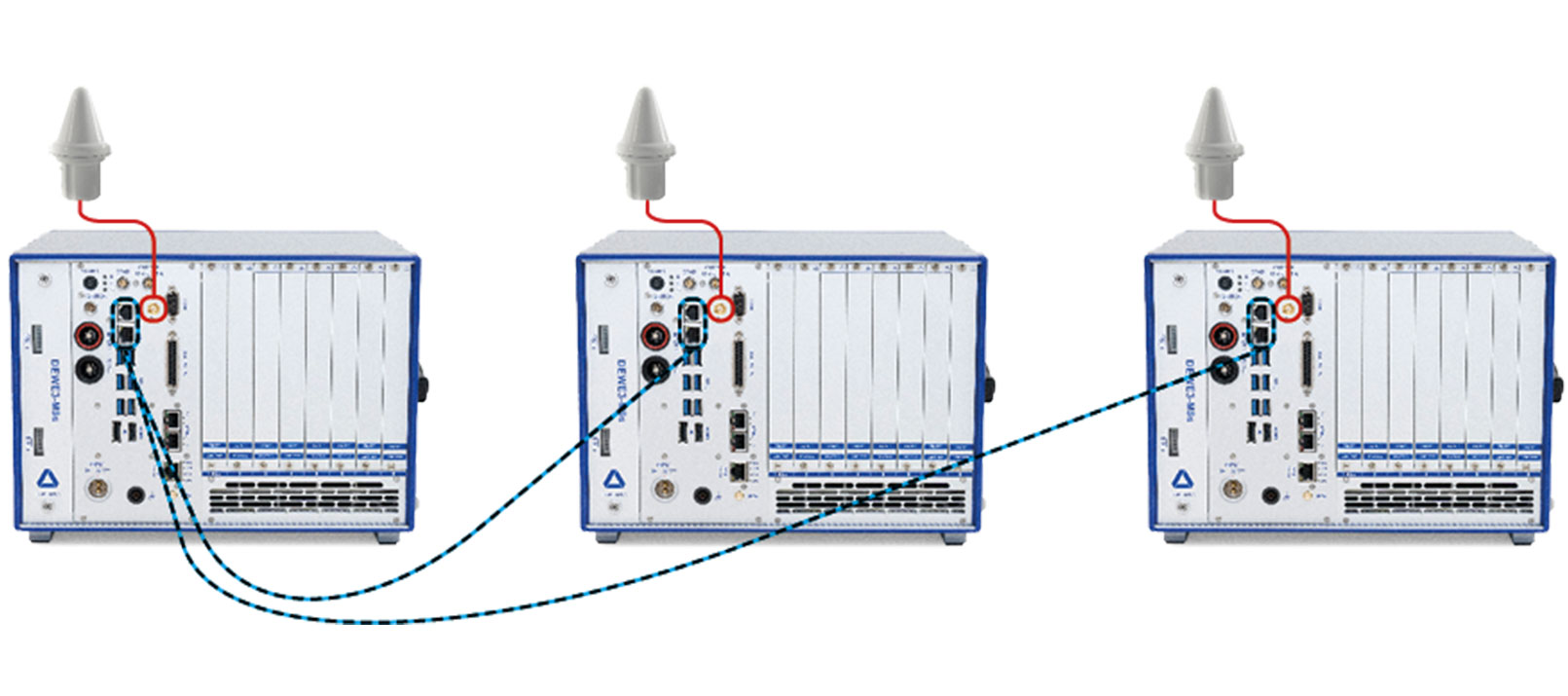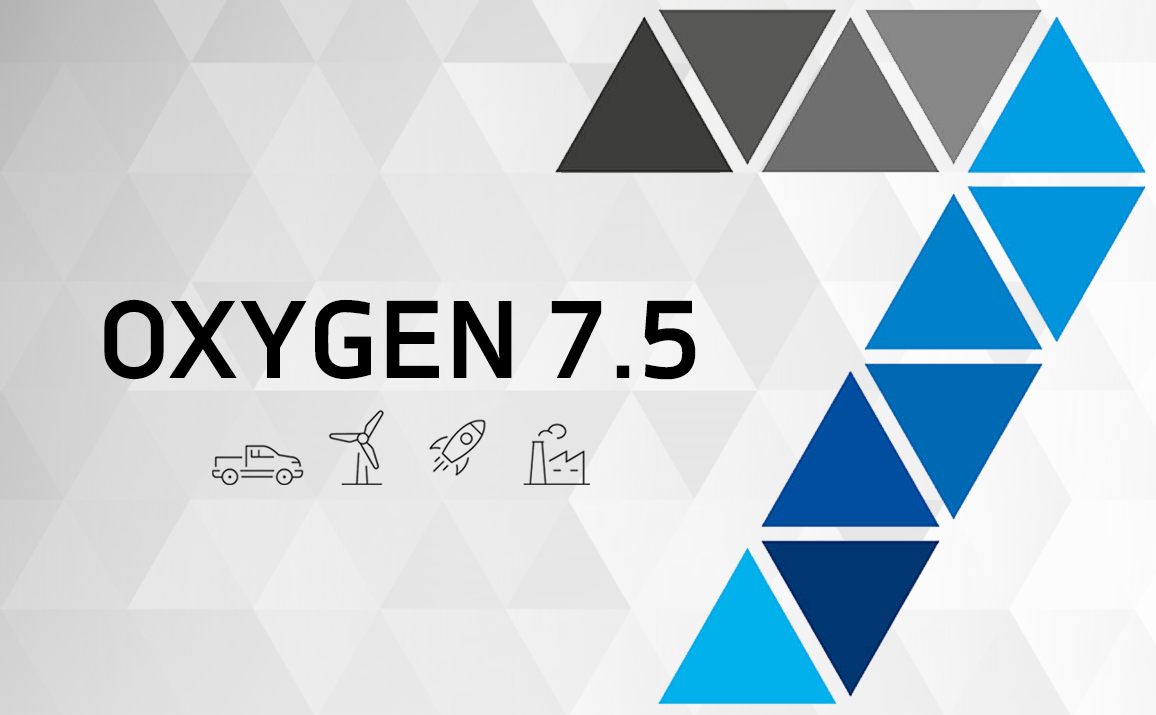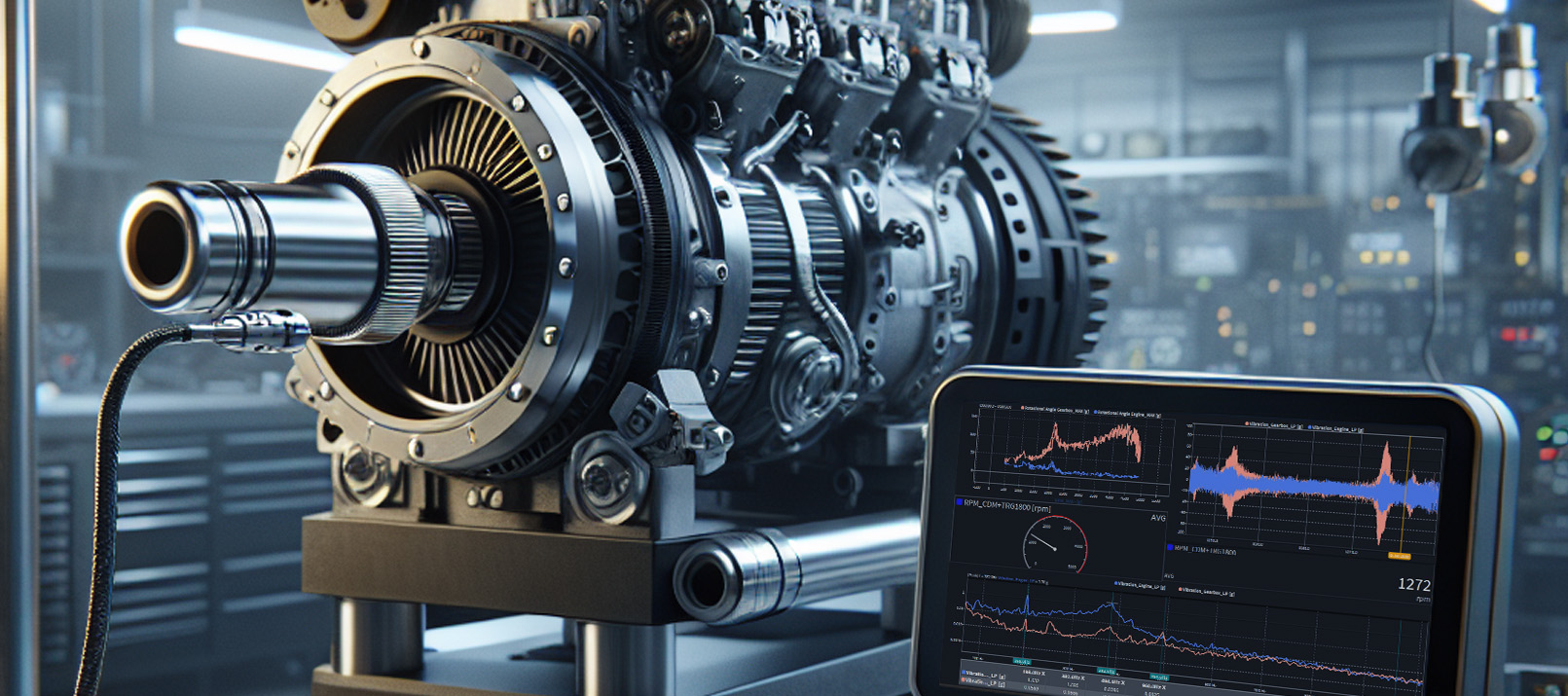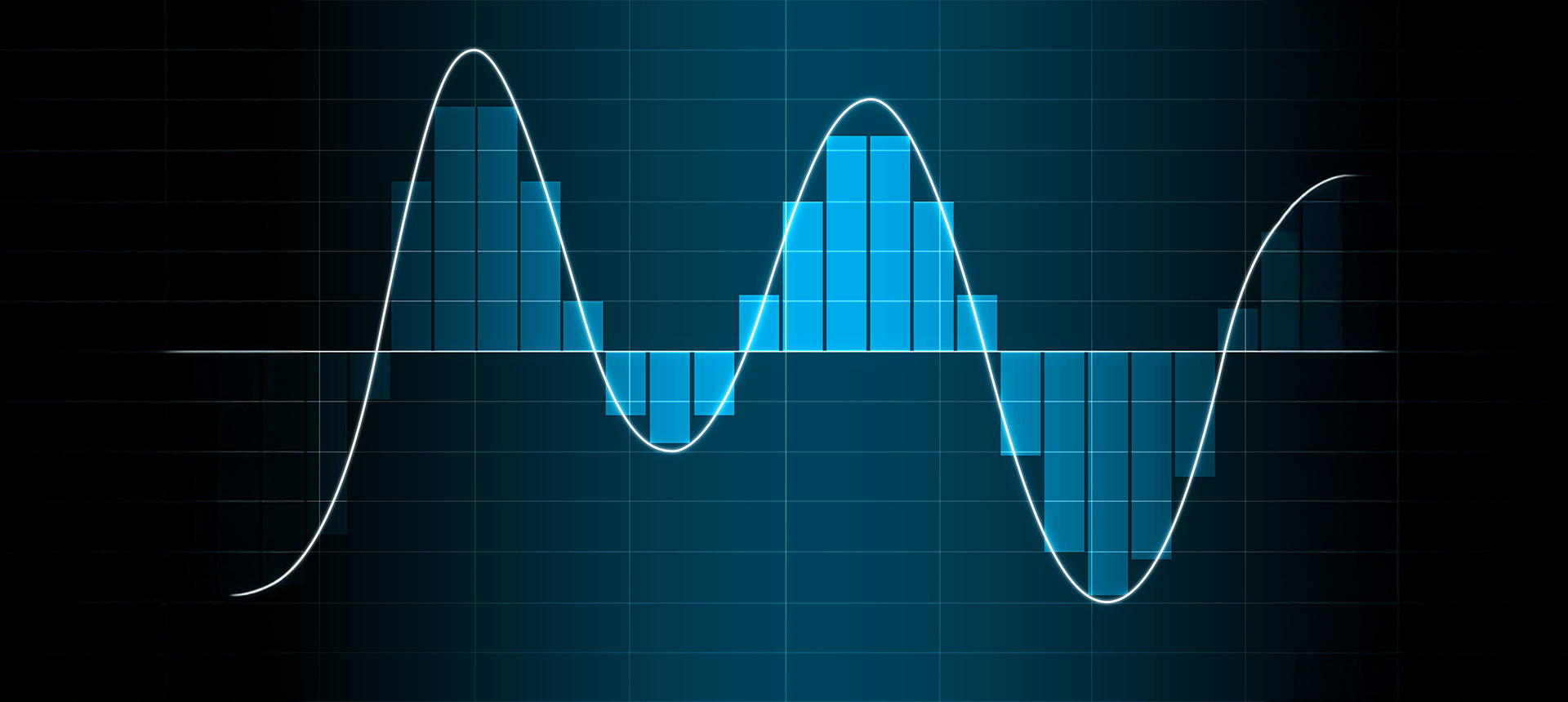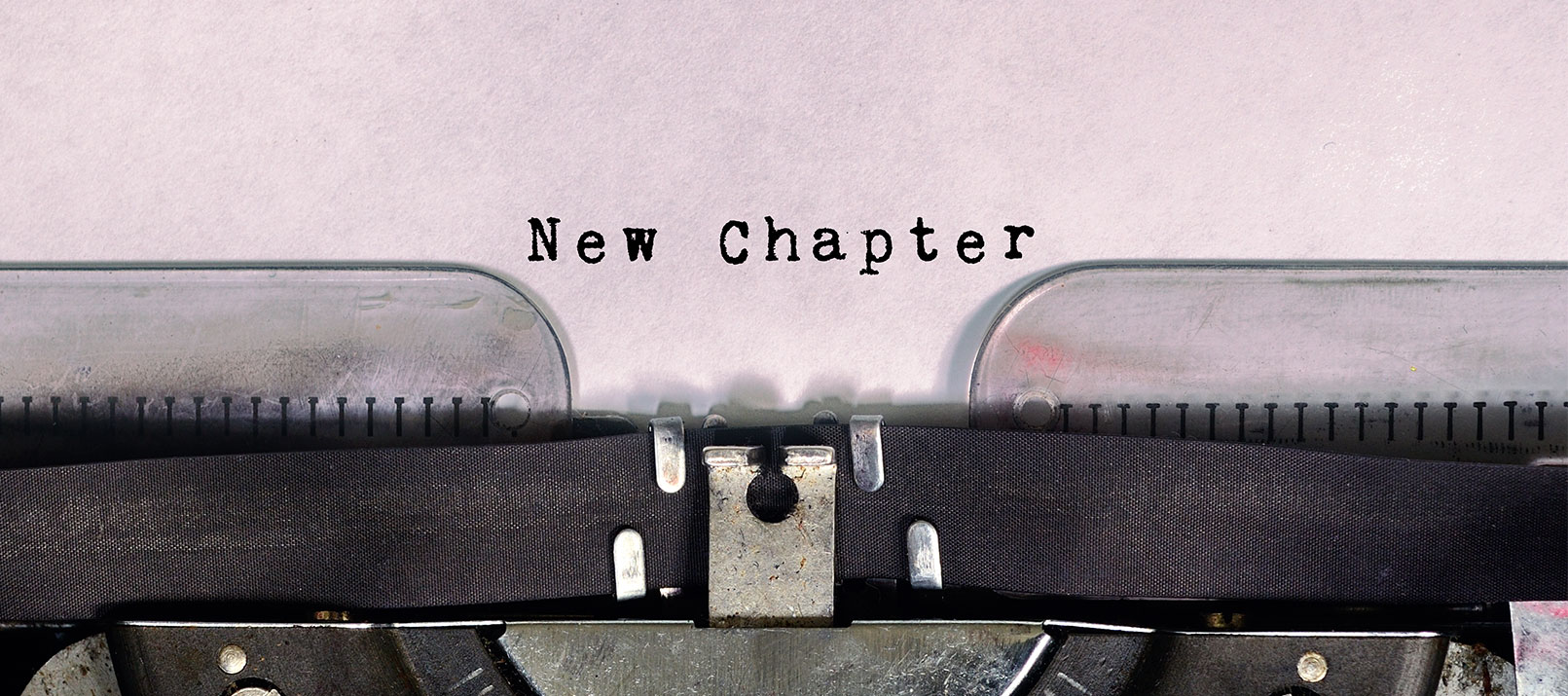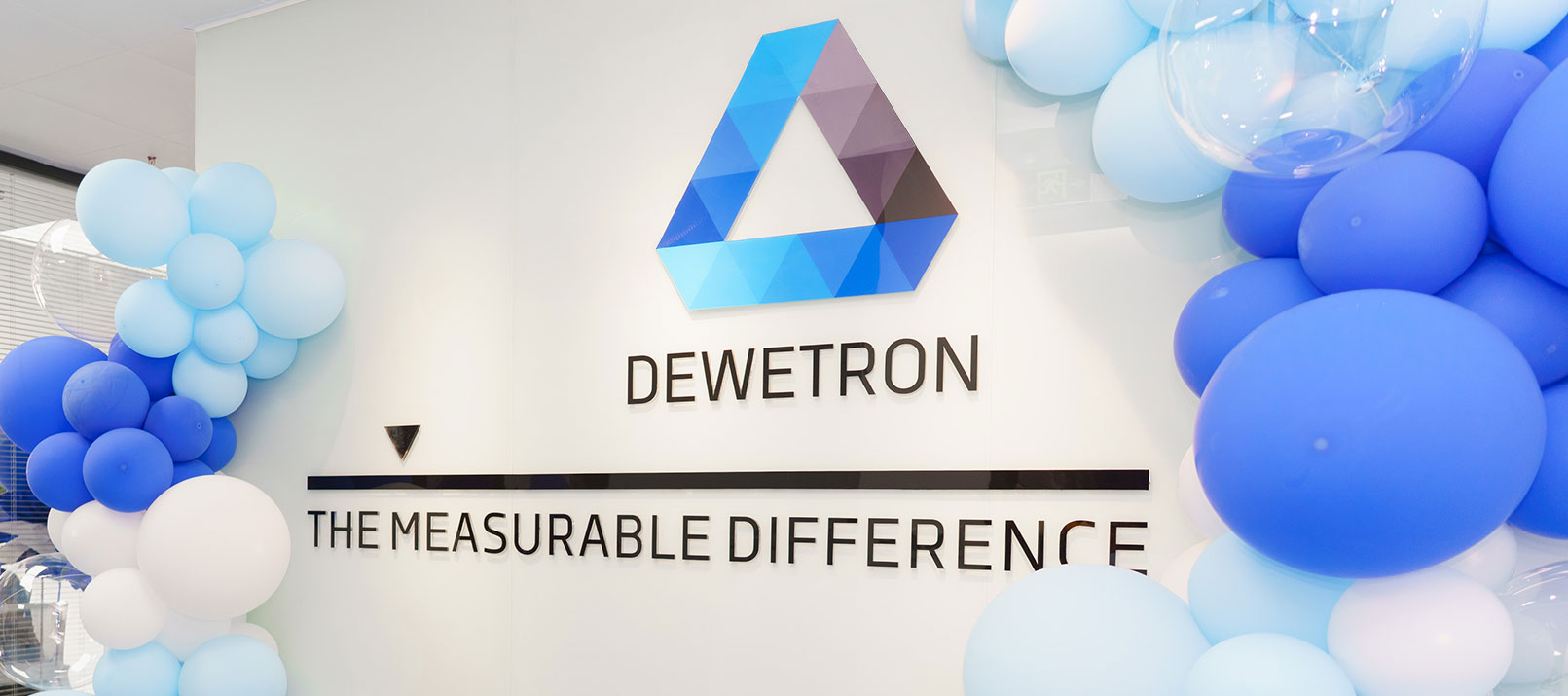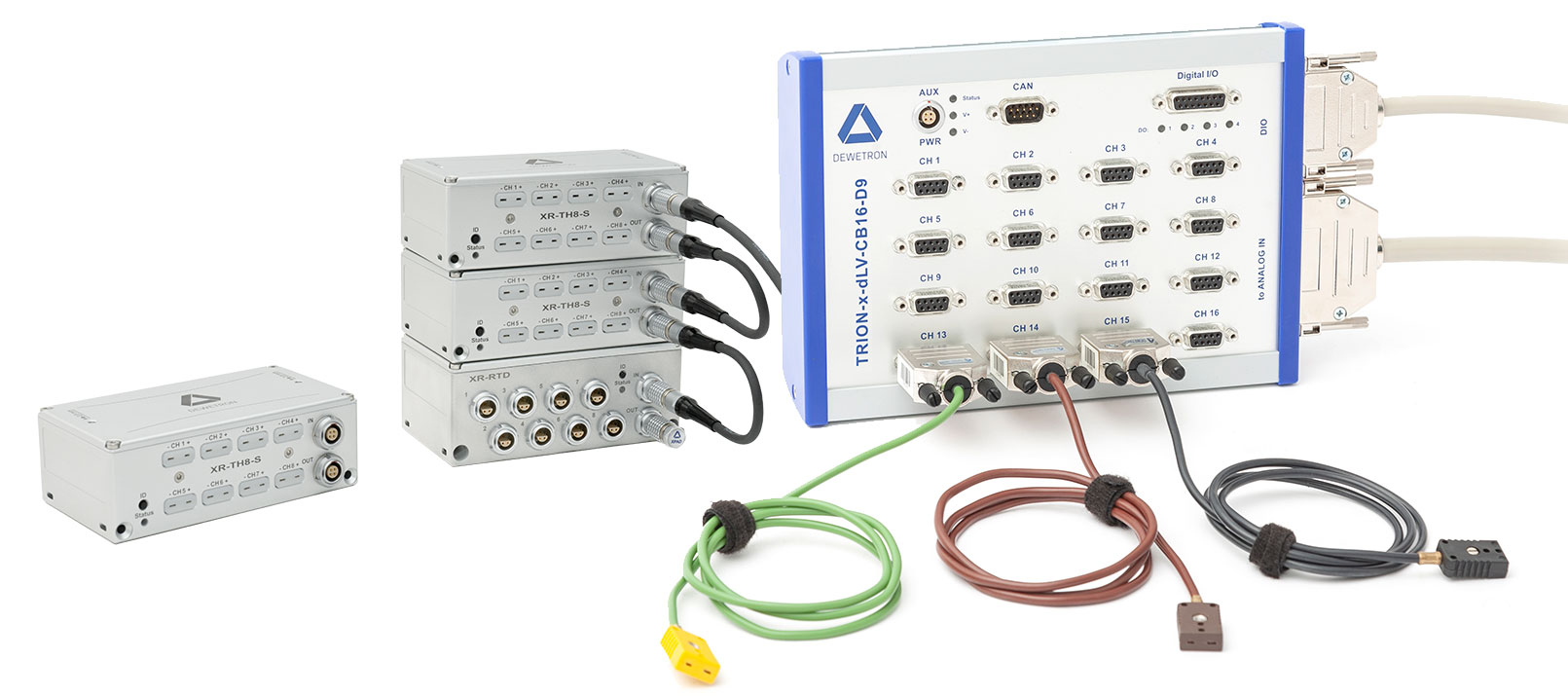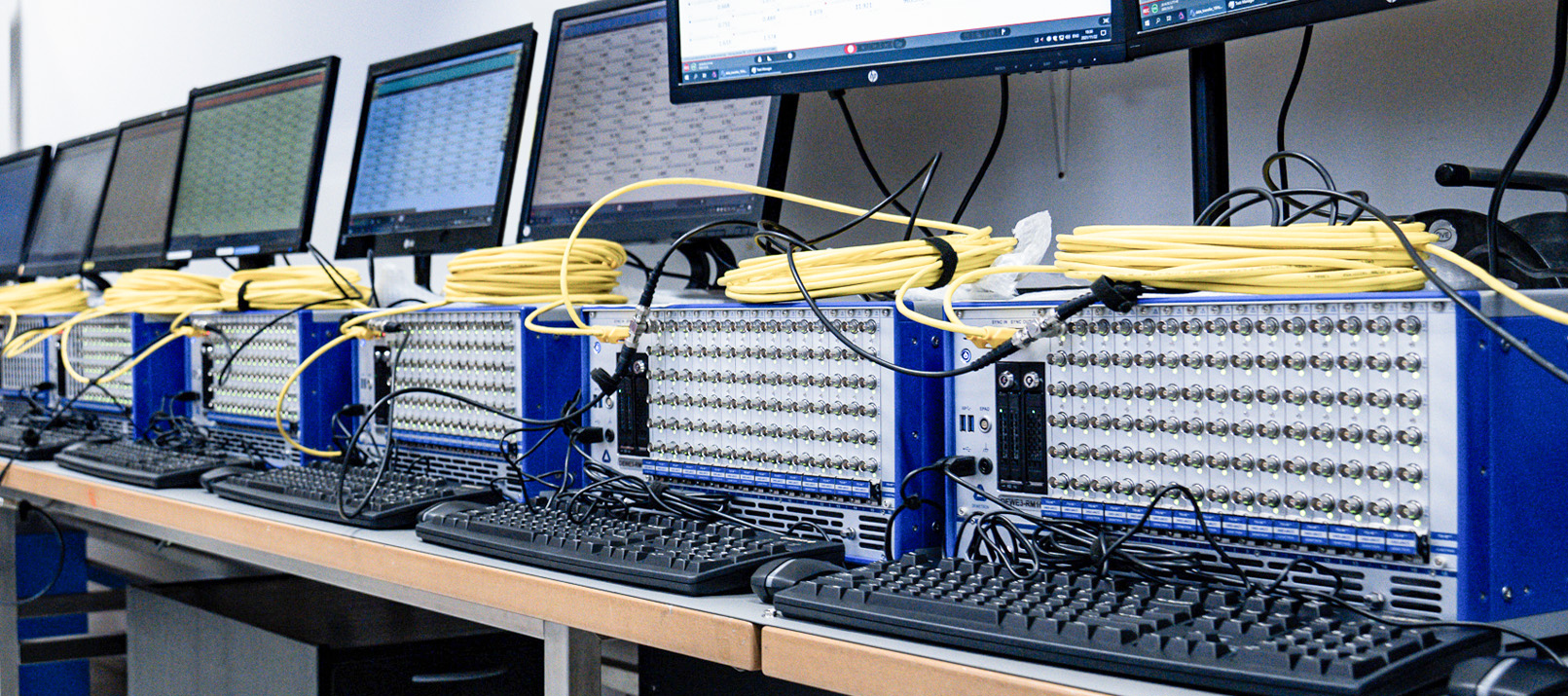Measurement categories (CAT classification)
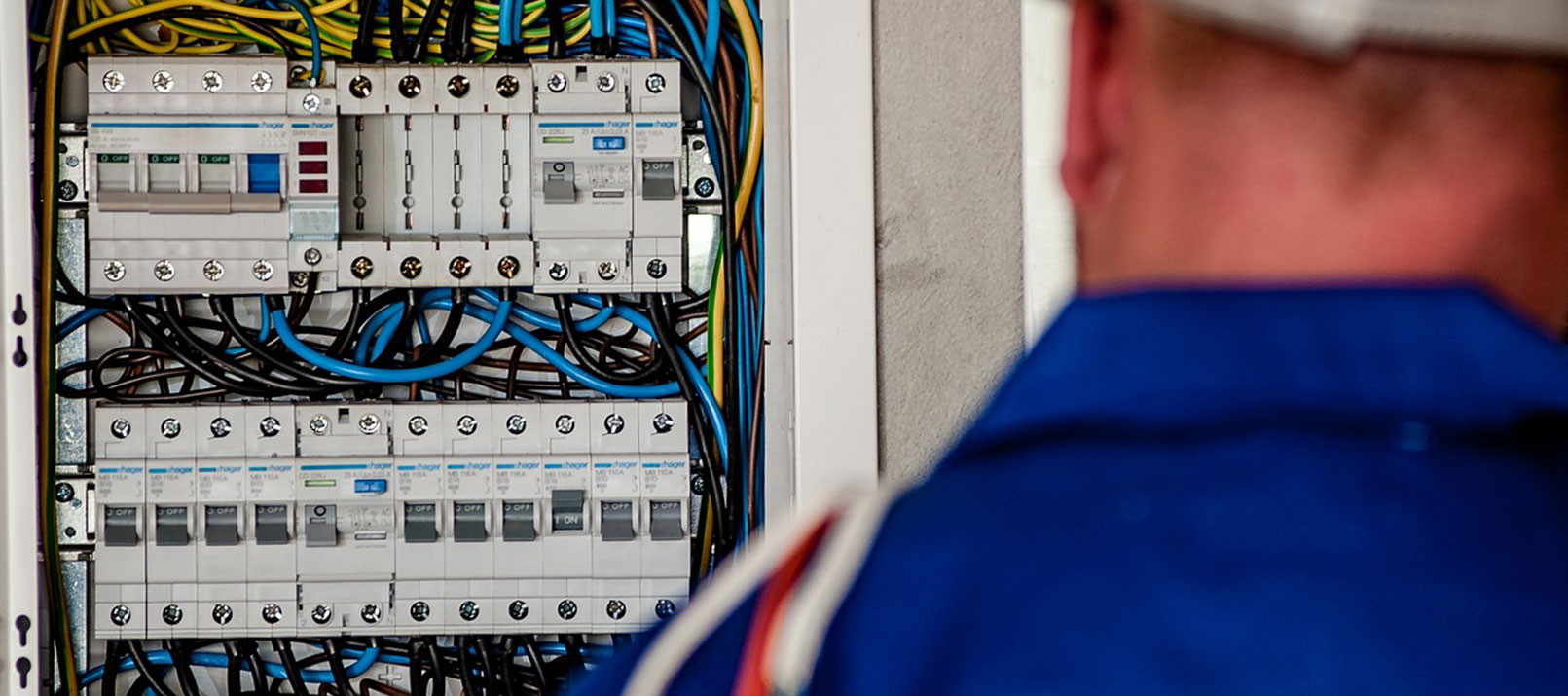
Transient stresses and their implications
Lightning strikes, electrostatic discharges or oscillations of electronic components are events that occur frequently in practice. Under certain circumstances, they lead to very high voltage peaks in the circuit – so-called transient stresses. Even if these transient stresses often last less than a fraction of a second, they can cause a lot of damage. Devices may stop working if they are not capable of handling such high voltage peaks.
This fact was painfully apparent in the early days of electric rail transport. When people tried to measure the supply voltage of passenger trains back at that time, most measuring devices gave up their ghost after some time. This was due to the fact that passenger trains can generate high voltage peaks during initial acceleration and braking. The measuring devices were not designed for these kinds of transient stresses and got destroyed.
But it is not always just the risk of broken measuring devices. Events such as lightning strikes may also cause physical injury. For example, if you measure the current in a fuse box during a lightning bolt, the risk of injury is high.
To cope with this, it is important to know the limits of the measuring equipment used. One should therefore always ask oneself: “Can my measuring device withstand the maximum expected voltage peak?”. If this is not the case, you should use a different measuring device for the sake of your own health.
CAT measurement categories
Nevertheless, how well a device protects (the user and itself) against transient stresses, is often difficult to read of from data sheets. So-called CAT measurement categories make these properties easier to spot. They indicate in a simple way, if a measuring device works safely under certain conditions. The measurement categories primarily refer to the use in households, but they are also applicable way beyond that. According to IEC 61010-2-030, the following definitions apply:
- CAT I: Suitable for measurements on circuits not connected to the mains, for example battery-powered toys or laptops.
- CAT II: Suitable for measurements on circuits connected to low-voltage mains by means of plugs. Examples are kitchen mixers or TVs.
- CAT III: Suitable for measurements on circuits of the building installation such as sockets or distribution boxes.
- CAT IV: Suitable for measurements on circuits directly connected to the source of the low-voltage installation (e.g. house junction box or overhead lines to individual buildings).

Schematic use cases of the CAT categories
The individual categories also subdivide in different nominal voltages (to ground). Thus, there is an additional division into the values 300 V/600 V/1000 V in each case. Accordingly, a measuring device can be certified by CAT II 300V or also CAT II 600 V or CAT II 1000V. At the same time, a CAT II-600V multimeter has even better protection than a CAT II-300V multimeter. This is because higher transient stresses can also occur at higher nominal voltages.
CAT certification at DEWETRON
The safety of our customers and a broad range of applications of our products, has a high priority at DEWETRON. For this very reason, the built-in high voltage TRION-POWER modules of our power analyzers are certified by CAT IV 600 V / CAT III 1000 V. Likewise, some of the user exchangeable TRION-POWER modules also protect against transient stresses with CAT II 600 V. Thus, we offer you not only high safety, but also flexibility in use.
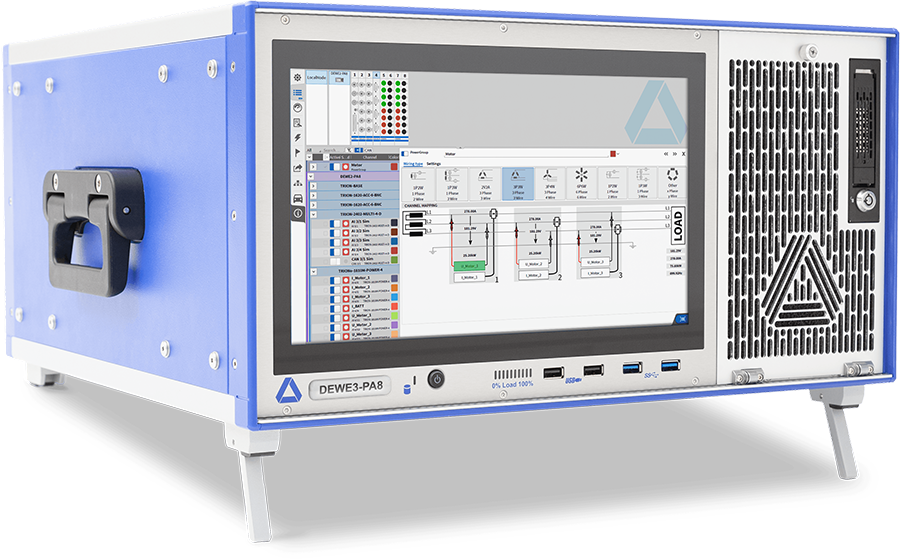
DEWE3-PA8 power analyzer with CAT IV 600 V certified TRION-POWER module

